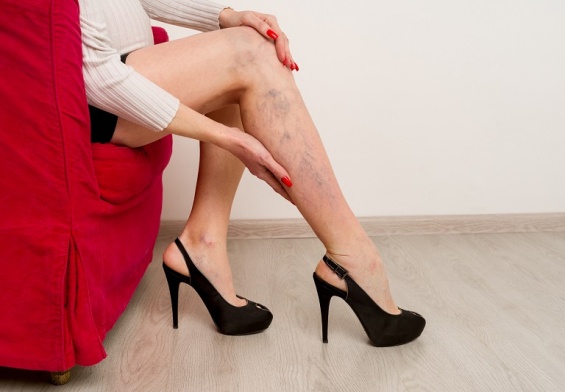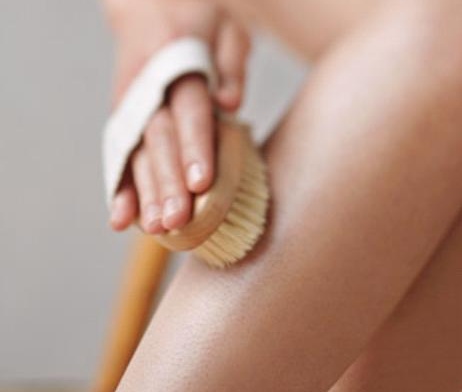Spider veins are one of the most common conditions that affect people. While typically not dangerous, spider veins can be unsightly and cause embarrassment for those who have them. Some studies have shown that up to half of adult women in the United States and many men will develop them at some point. Luckily, there are many safe and effective treatment methods that can be used to eliminate them. However, like many conditions, the best strategy is to avoid developing them in the first place by understanding the risk factors and taking steps to prevent them. A vein center will be able to give specific advice for each individual situation if you notice spider veins developing or are worried that you might be at risk.
Understanding how spider veins develop will help to understand the risk factors involved with their development. Spider veins often show up as red, blue, or purple veins in the shape of a tree or spider web. They are enlarged and swollen blood vessels just beneath the skin. When the circulation to these blood vessels slows down the blood is allowed to pool up and stagnate. This often causes the bloating and twisting of the veins that makes them visible as what we call spider veins.
Genetic Factors
Genetic factors appear to contribute a lot to the development of spider veins. Like so many other medical conditions, if your parents have it you are much more likely to develop it yourself. Genetics has a lot to do with skin type, body chemistry, and hormone levels, all of which are triggers for the development of spider veins. All of these things can be inherited from parents, which makes the genetic factor for spider veins a big one.
Another big risk factor for the development of spider veins is weight gain. Weight gain puts extra stress on the heart and makes it much harder for the heart to effectively pump blood all over the body. The extremities are often the first place to develop spider veins, particularly the legs because this is the hardest place for the heart to pump blood to. Weight gain only makes it tougher for the heart to do its job efficiently. Spider veins are caused by a slowing down of the circulations so it stands to reason that anything that affects the heart and the circulation, such as weight gain, could be a trigger for spider veins as well. The weight gain that comes with a normal, healthy pregnancy can put women at risk for developing spider veins. This weight gain is very rapid and the heart doesn’t have much time to adapt to its new surroundings. This new stress can be tough on the heart which can affect the circulation. The hormone changes that come with pregnancy are also known to put women at a higher risk because they are so swift and strong.
Lifestyle Choices
Genetics are only a small part of the puzzle when it comes to developing spider veins. The real culprit is lifestyle choices and the things we do or don’t do each and every day. Those individuals who lead sedentary existences without exercise are much more likely to develop spider veins than those who get plenty of cardiovascular exercise. Spider veins are caused by a slowing down of the blood stream so those who exercise frequently and get the blood pumping are much more likely to avoid developing them than those with more of a ‘couch-potato’ existence.
Occupational hazards play a big role in the development of spider veins for some people. Those who are forced to stand in one place for long periods of time during the workday are at an increased risk for developing spider veins. Some occupations such as factory line workers, retail sales associates, and other customer service positions require workers to be on their feet for many hours at a time. When standing, it’s much harder for the heart to counteract gravity and pump all of the blood up, out of the legs and into the rest of the body. This extra stress can lead to slowed circulation and pooling of blood, which are the main causes of spider veins.
Reducing Risks
While spider veins are very common and develop for many different reasons, there are a number of things that can be done to avoid them. Regular exercise is probably the best thing that one can do to avoid spider veins. It’s important to get the blood circulating robustly. It’s also important to avoid standing in one place for a long time as this can slow the circulation. When this is unavoidable, it’s important to take breaks to put your feet up and let the blood circulate more easily throughout the body. Wearing compression stockings will also give the veins much needed support to keep blood flowing back to the heart and not stagnating.



